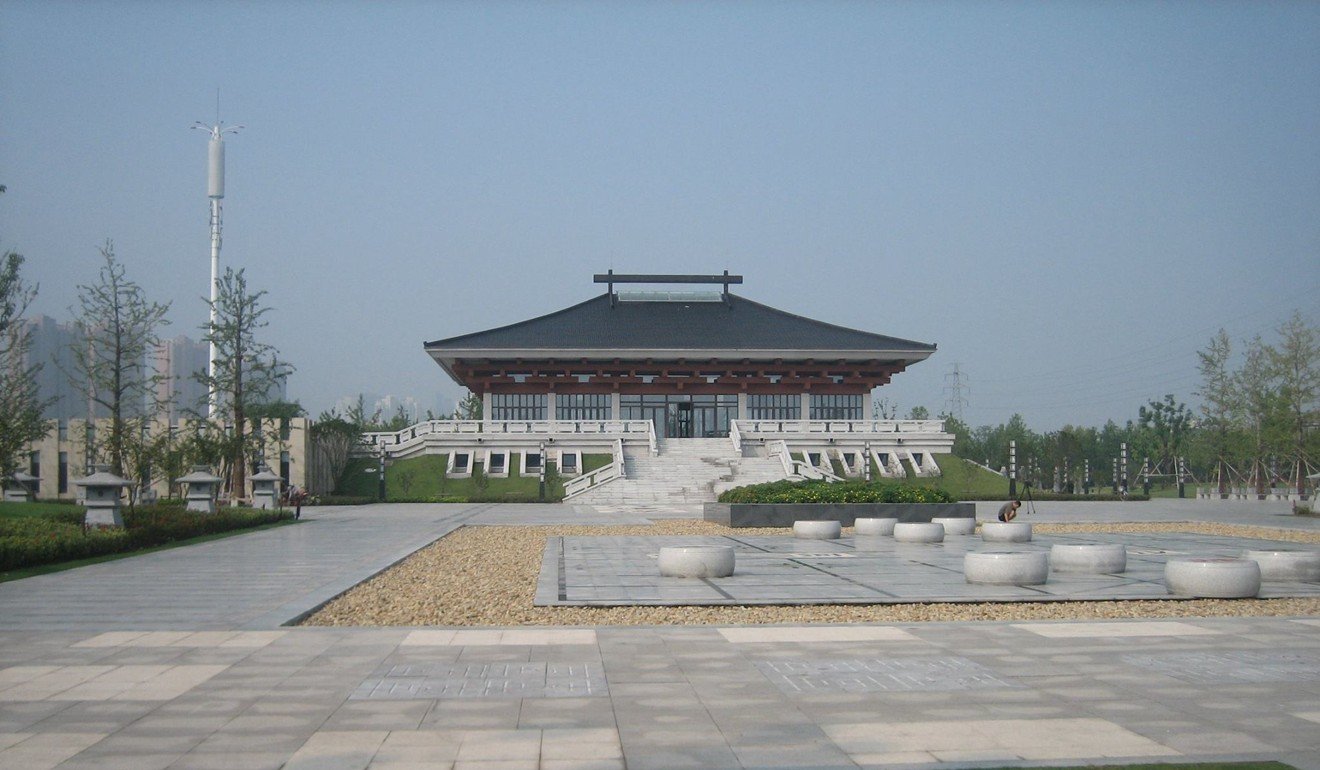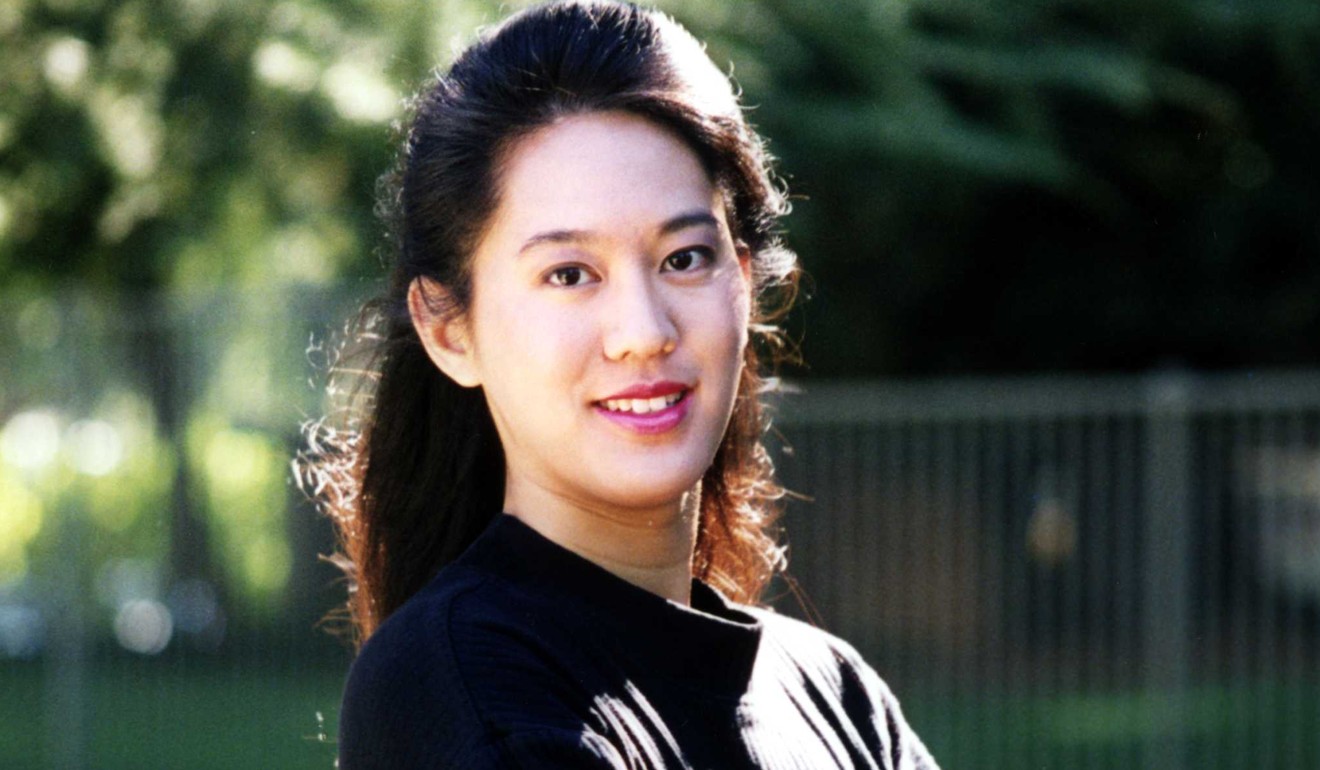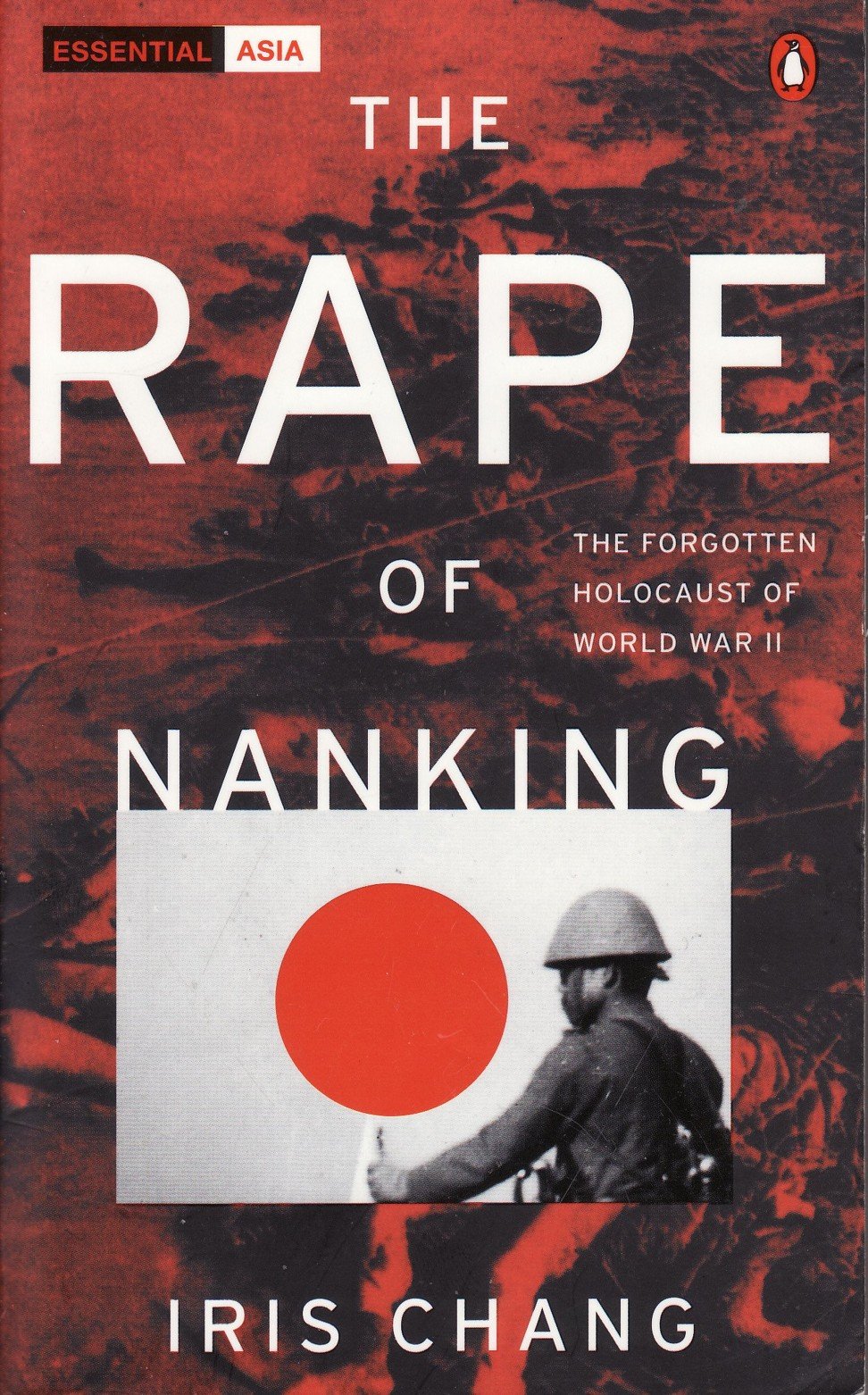
How Rape of Nanking author Iris Chang is honoured in Chinese museum newly opened in her family’s ancestral home
Mother of Chinese-American writer says she hopes items on display in Huaian, Jiangsu, will offer visitors insights about her daughter and how she was motivated to highlight Japan’s atrocities during second Sino-Japanese War

Since her untimely death in 2004, the legacy of Chinese-American author Iris Chang has lived on in the pages of her bestseller, The Rape of Nanking. But now that legacy has also found a home in a museum in China dedicated to her work.
Chang took her own life in Los Gatos, California, at age 36. Her book is internationally recognised as the most detailed Western account of the 1937 Nanking massacre, in which the Japanese army brutalised thousands of Chinese soldiers and civilians during the second Sino-Japanese war.

Chang remembers her daughter as a diligent and passionate person who never gave up in her quest for the truth and the pursuit of social justice. “That really inspired me,” the author’s mother says. “And these are the things I hope inspire other people.”
Through the museum, she added, “I hope people will know who Iris was and why we memorialise her and what she did.”

The memorial is divided into six parts, each depicting a different aspect of Chang’s life. Designed by architect Qi Kang, the building’s exterior follows Han Dynasty style, according to her mother. It’s the first memorial to honour the late author and the second to commemorate the Nanking massacre.
Though Iris Chang was born in Princeton, New Jersey, she was deeply curious about Chinese history, according to her mother. She made trips to China to do research for her book and to interview elderly survivors of the massacre.
She also spent a significant portion of her career educating others about what took place during the Rape of Nanking and defiantly called on the Japanese to acknowledge the attack.

During the massacre – dubbed “the Forgotten Holocaust” – an estimated 300,000 Chinese civilians were bayoneted, machine-gunned or burned alive. Japanese troops raped tens of thousands of women and girls.
But the horrors did not begin and end there, scholars say. From the invasion of Manchuria in 1931 until their surrender in 1945, Japan engaged in germ warfare, slave labour, mass rapes and dissection of live bodies for medical research. Some scholars say 15 million Chinese died as the direct result of Japan’s invasion.